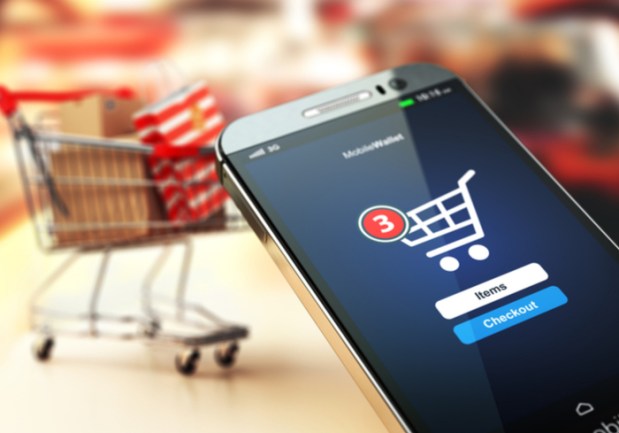Strategizing Cross-Channel Shopping Features Through Retail’s Lens

In the world of retail innovations, merchants are looking to reach shoppers by interacting with them through multiple touchpoints. They are turning to cross-channel strategies to improve the customer experience, and even working with other companies to help execute these visions. Old Navy and Lyft, for instance, linked up in the lead-up to the holidays: The ridesharing service provided free rides to customers visiting the retailer’s stores to pick up their click-and-collect orders.
Old Navy’s move came as the PYMNTS Retail Innovation Readiness Index found that a large share of modern shoppers tap into multiple channels to peruse, choose and pay for their selections. According to the report, consumers “tend to gravitate toward merchants that allow them to seamlessly move across channels — to shop online and pick up in-store, for instance.”
Buy online and pick up in store, however, is not the only feature that merchants are introducing to serve the needs of modern shoppers. These are some of the ways that merchants are providing the payments infrastructure and technology to enable customers to shop the way they want, through any channel they choose.
Nearly nine in 10 — or 87 percent — of the top 60 performers in the Index offered order online and pick up in store. BJ’s Wholesale Club, in one case, brought a click-and-collect service to 215 of its brick-and-mortar stores last year to enhance its customer experience. The “Shop BJs.com – Pick Up in Club” service let shoppers retrieve their online orders as quickly as two hours after making them. After customers arrived at a brick-and-mortar store, a door greeter directed them to a designated area for order pick-ups. BJ’s has also introduced an “Add-to-Card” functionality that lets shoppers automatically add certain coupons to their online orders.
Eighty-three percent of the top 60 performers in the Index offered physical stores. Even digitally native retailers are opening brick-and-mortar locations. Amazon, for instance, brought a new store to New York City dubbed Amazon 4-star in September. The store got its name from the fact that every product in the store is rated four stars or higher, is new or trending or is a top seller on the site. The company wrote in a blog post at the time of the store’s opening, “we created Amazon 4-star to be a place where customers can discover products they will love. Amazon 4-star’s selection is a direct reflection of our customers — what they’re buying and what they’re loving.” Products at the store ranged from kitchen and home items to toys and books.
And 80 percent of the top performers offered coupons at their brick-and-mortar locations. With Dollar General’s mobile app, for instance, digital coupons are automatically applied to a shopper’s order. Customers also receive savings alerts as they peruse the store’s aisles. To check out, users can pay directly by scanning a quick response (QR) code at the front of the store through a dedicated checkout tablet, and can then access their final receipt through the app or receive it through email. Dollar General CEO Todd Vasos said during an earnings call last year, “as we continue to develop this app, we intend to integrate more functionality to deliver an even more personalized shopping experience.”
Eight in 10 — or 80 percent – of the top 60 performers in the Index offered cross-channel features. And brands are paying attention to shoppers who interact with them through different channels for good reason. Gap Inc. CEO Arthur Peck said in the company’s fourth-quarter earnings call in March, “customers who shop across channels in a single brand are worth eight times more than the customer who only visits us in a brand, and that multiplies to 10 times more when they shop across channels and multiple brands.” As part of its efforts, the retailer planned to bolster its digital platforms, drive customer loyalty offline and online and build out its fast fashion as well as athleisure lines.
Seventy-eight percent of the top 60 performers in the Index offered websites. And retailers are constantly seeking to improve their digital presence. In April, Walmart unveiled an overhauled Walmart.com site. Walmart U.S. eCommerce President and Chief Executive Marc Lore said in a blog post that the site was a “cleaner” and a “more modern digital shopping experience” for shoppers. The site was to display photos that show moments from real life. At the same time, the concepts of “beauty and design” were incorporated throughout the platform. “Our goal is to make it compelling for customers to shop for whatever they are looking for — whether diapers, laundry detergent or a new dining room table,” Lore said.
From buy online pick up in store to cross-channel features, merchants can innovate in many different ways to differentiate themselves from competitors. Merchants can use these technology and payment features as part of their strategy toolboxes to stand apart from the rest of the retail pack.